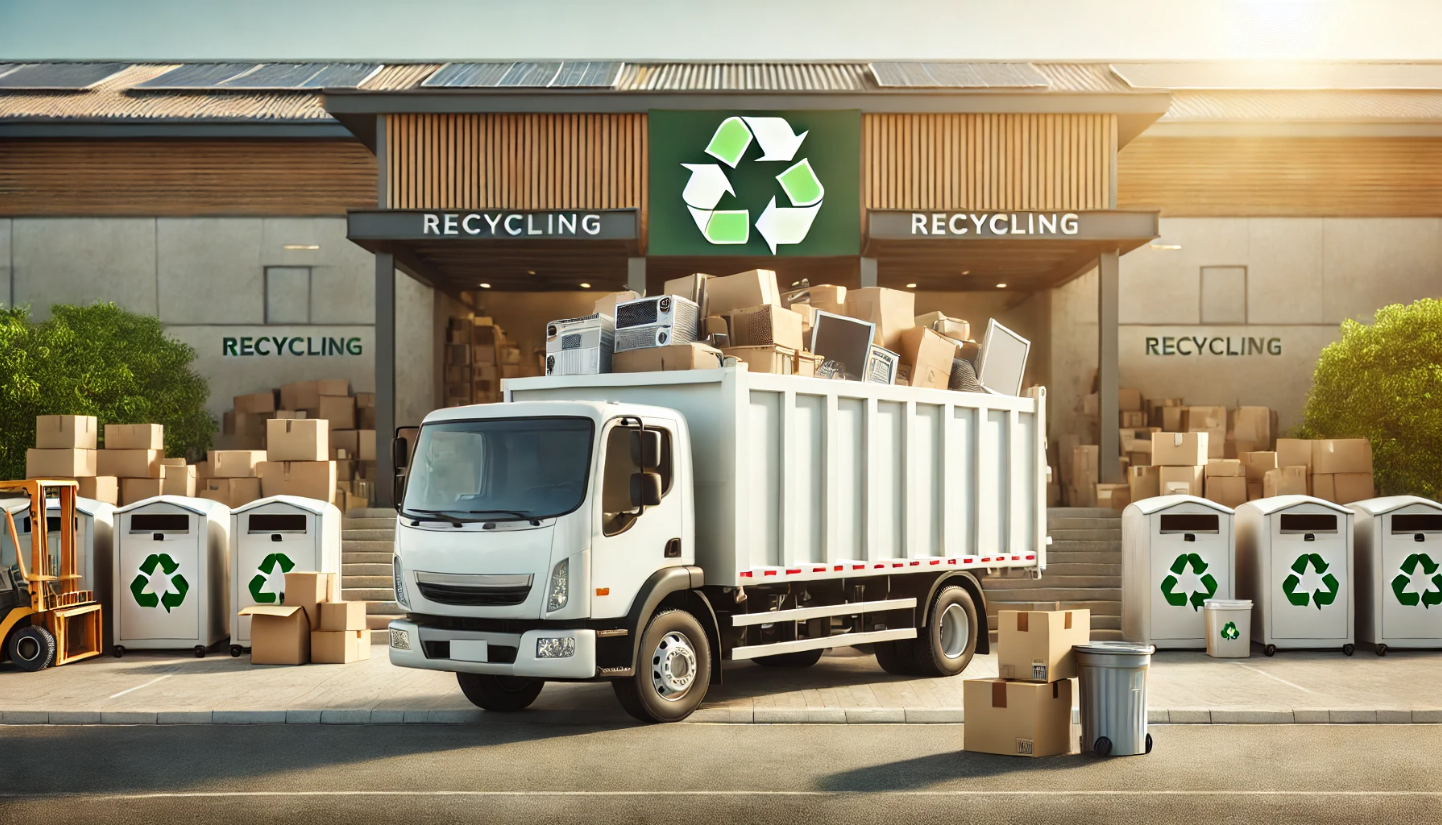
Recycling Unwanted Items – A Comprehensive Guide to Sustainable Decluttering
Recycling unwanted items is one of the simplest yet most impactful ways to reduce waste and protect the environment. From old electronics to worn-out furniture, finding the right way to recycle or repurpose these items ensures they don’t end up in landfills. In this guide, we’ll explore practical methods for recycling, eco-friendly alternatives to disposal, and tips for decluttering responsibly.
Why Recycling Unwanted Items Matters
1. Reduce Landfill Waste
- Recycling diverts waste from overflowing landfills, minimizing environmental pollution.
2. Conserve Natural Resources
- Materials like metal, plastic, and glass can be reused, reducing the need for raw material extraction.
3. Lower Greenhouse Gas Emissions
- Recycling cuts energy usage, helping to combat climate change.
4. Encourage a Circular Economy
- Repurposing materials promotes sustainable consumption and production.
Common Items That Can Be Recycled
| Item Category | Examples | Recycling Methods |
|---|---|---|
| Electronics (E-Waste) | TVs, computers, smartphones | Certified e-waste recycling facilities |
| Furniture | Tables, chairs, sofas | Donation, upcycling, or wood recycling |
| Plastics | Bottles, containers, packaging materials | Curbside recycling or drop-off centers |
| Clothing & Textiles | Clothes, shoes, linens | Textile recycling, donation |
| Yard Waste | Leaves, grass clippings, branches | Composting or green waste facilities |
| Batteries | AA, AAA, car batteries | Battery recycling programs |
Steps to Recycle Unwanted Items
1. Assess Your Items
- Separate your items into categories: recyclables, donatable goods, hazardous materials, and trash.
2. Research Local Recycling Programs
- Look up city-specific guidelines for recycling materials like electronics, metals, and plastics.
3. Donate Usable Goods
- Charities and thrift stores often accept gently used furniture, clothing, and appliances.
4. Work with Professional Services
- Junk removal companies often handle sorting and ensure items are directed to the appropriate facilities.
5. Dispose of Hazardous Materials Safely
- Items like paint, batteries, and chemicals must go to certified hazardous waste disposal centers.
Eco-Friendly Alternatives to Recycling
1. Upcycling
- Turn old items into new creations, such as repurposing jars for storage or turning pallets into furniture.
2. Freecycling
- Give away items to others who can use them through apps or community groups.
3. Composting
- Organic waste, including food scraps and yard debris, can be composted into nutrient-rich soil.
FAQs About Recycling Unwanted Items
1. Can all items be recycled?
- No, items like mixed-material furniture may require special facilities, while hazardous materials need certified disposal.
2. How do I recycle electronics?
- Take them to certified e-waste recycling centers that recover valuable components like gold and copper.
3. What happens if I don’t recycle properly?
- Improper recycling can lead to contamination, making materials unrecyclable.
4. Are professional junk removal services eco-friendly?
- Many prioritize recycling and donating usable items to minimize landfill waste.
5. How do I start a composting program?
- Collect organic waste like food scraps and yard debris, and use a compost bin to create nutrient-rich soil.


